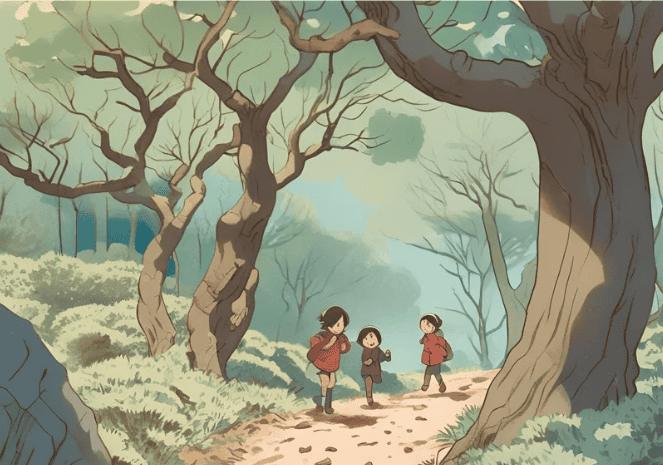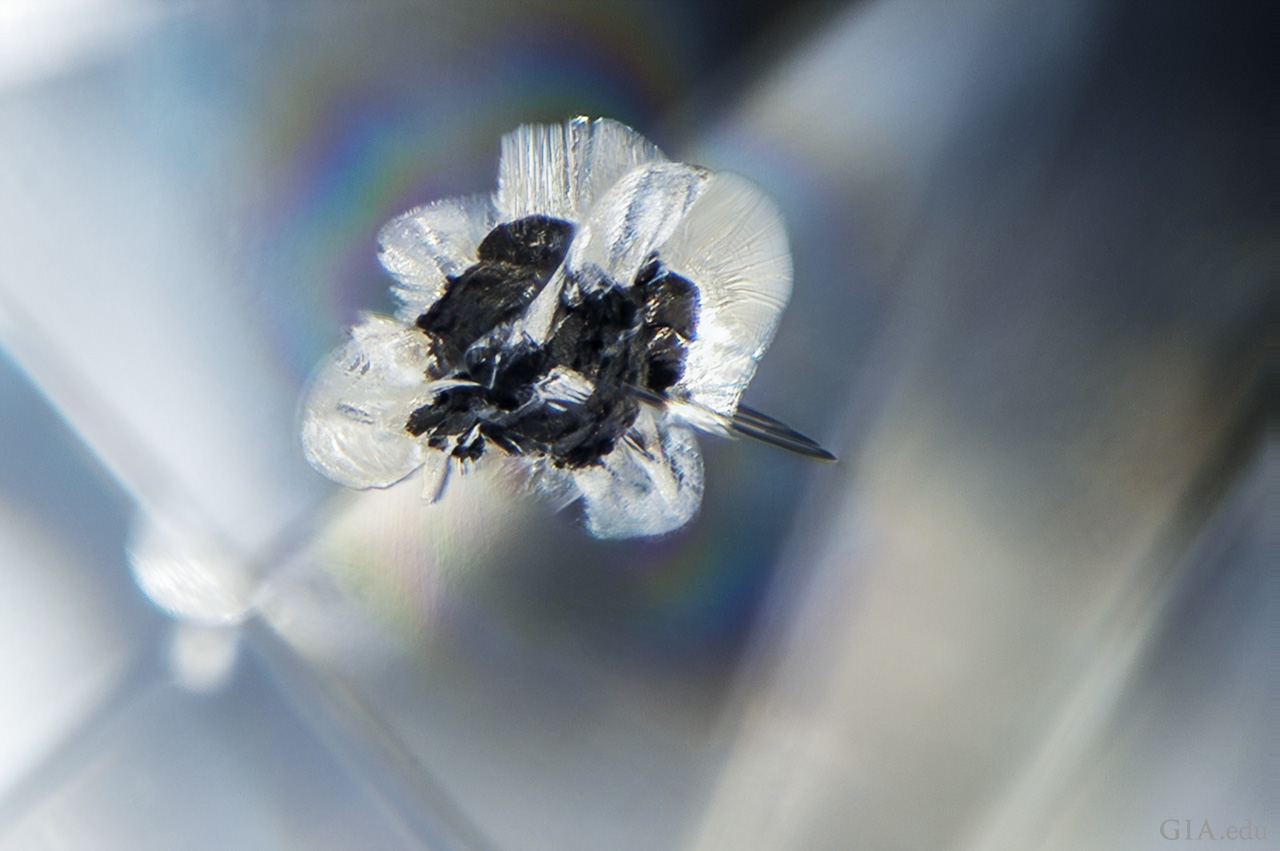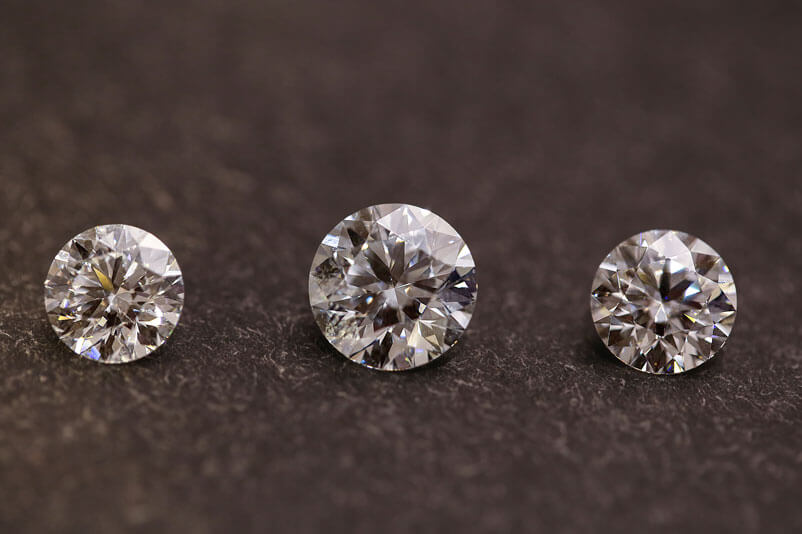Demystifying Diamond Selection: Everything You Need to Know

Deciding on the right diamond can be an overwhelming task, but fear not! With the proper knowledge and guidance, you can navigate the process with confidence and clarity. From understanding the 4Cs to exploring various diamond shapes, this comprehensive guide will equip you with the tools needed to make an informed decision that suits your preferences and budget.
Understanding the 4Cs: Clarity, Cut, Color, and Carat Weight
Clarity: When evaluating a diamond’s clarity, it’s essential to consider the presence of any internal flaws (inclusions) or external blemishes. Diamonds with fewer imperfections are graded higher on the clarity scale, making them more valuable. However, keep in mind that most imperfections are microscopic and invisible to the naked eye.
Cut: The cut of a diamond refers to its proportions, Empezar a escoger un diamante, symmetry, and polish, which directly impact its brilliance and sparkle. A well-cut diamond will reflect light beautifully, enhancing its overall appearance. Opt for diamonds with excellent or very good cut grades for maximum brilliance.
Color: Diamonds come in a range of colors, from colorless to yellow or even fancy colors like pink or blue. The Gemological Institute of America (GIA) grades diamond color on a scale from D (colorless) to Z (light yellow or brown). Colorless diamonds are the most desirable and valuable, but slight differences in color may not be noticeable to the untrained eye.
Carat Weight: Carat weight refers to the size of a diamond, with one carat equal to 200 milligrams. While larger diamonds are typically more expensive, it’s essential to prioritize quality over size. A smaller diamond with excellent cut, clarity, and color may appear more brilliant than a larger diamond with lower grades.
Exploring Diamond Shapes: From Classic to Contemporary
Round Brilliant: The round brilliant cut is the most popular and traditional diamond shape, known for its exceptional sparkle and timeless appeal. Its symmetrical shape and precise faceting maximize brilliance, making it an enduring choice for engagement rings and other fine jewelry.
Princess Cut: The princess cut features a square or rectangular shape with pointed corners, offering a modern alternative to the classic round diamond. With its clean lines and fiery brilliance, the princess cut is a popular choice for those seeking a contemporary yet elegant look.
Emerald Cut: The emerald cut is characterized by its elongated shape and step-cut faceting, which create a hall-of-mirrors effect that showcases the diamond’s clarity and transparency. While less fiery than brilliant cuts, the emerald cut exudes sophistication and understated glamour.
Oval Cut: The oval cut combines the brilliance of a round diamond with the elongated silhouette of a marquise cut, resulting in a flattering shape that appears larger than its carat weight suggests. Its elongated proportions make it a popular choice for those seeking a unique and eye-catching diamond.
Cushion Cut: The cushion cut, also known as the pillow cut, lab made diamonds, features rounded corners and large facets that enhance its brilliance and sparkle. With its vintage-inspired charm and romantic appeal, the cushion cut is an excellent choice for those who appreciate classic elegance.
Conclusion
Selecting the perfect diamond requires careful consideration of the 4Cs (clarity, cut, color, and carat weight) as well as personal preferences regarding diamond shape and style. By arming yourself with knowledge and exploring various options, you can confidently choose a diamond that captures your heart and reflects your unique personality. Whether you prefer the timeless allure of a round brilliant or the contemporary elegance of a princess cut, the perfect diamond awaits to adorn your cherished moments for a lifetime of brilliance and beauty.






